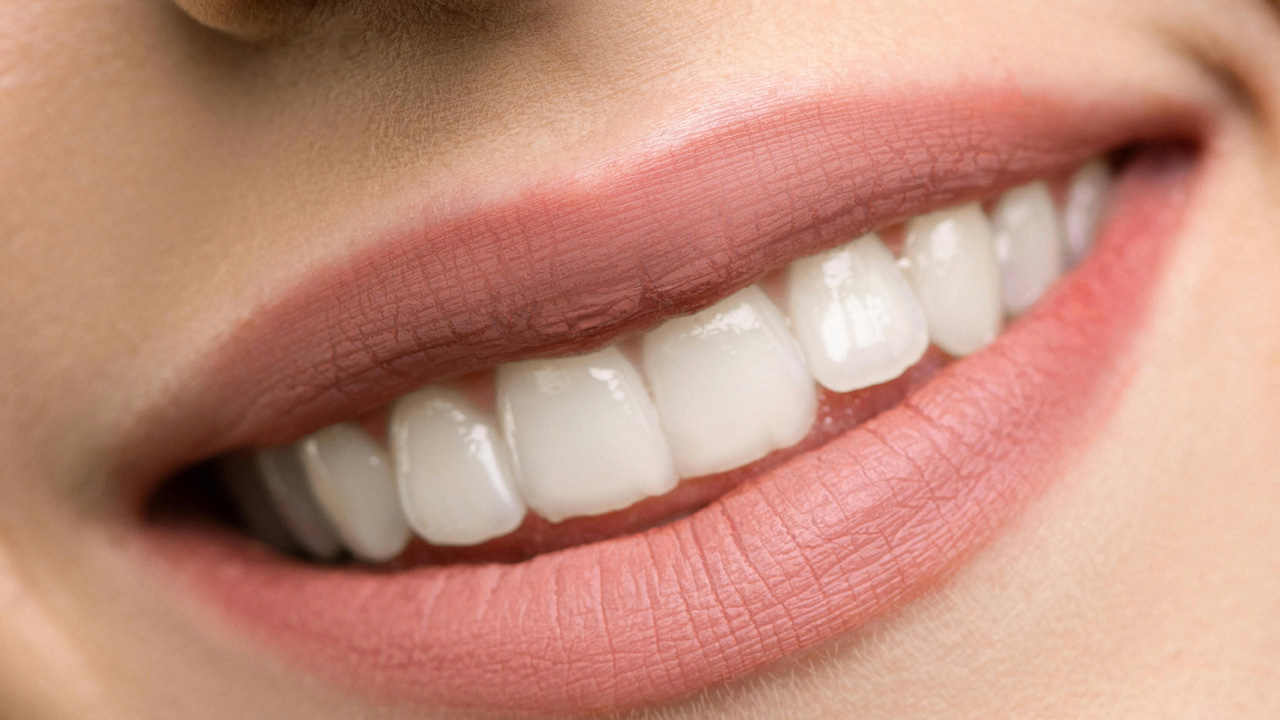Teeth whitening is a cosmetic dental procedure aimed at brightening teeth by reducing discoloration and stains. It uses bleaching agents such as hydrogen peroxide or carbamide peroxide to achieve noticeable results. This article outlines the whitening process, types of stains, available methods, and safety considerations.
How Teeth Whitening Works
Teeth whitening involves breaking down stains on the enamel through an oxidation process triggered by bleaching agents. These agents penetrate the enamel to lighten both surface (extrinsic) and deep (intrinsic) stains. Professional treatments often use light or laser activation to enhance the effects.Professional whitening begins with a dentist assessing your oral health to ensure suitability for treatment. After protecting the gums, a bleaching agent is applied to the teeth. Sessions typically last 60–90 minutes, and multiple sessions may be needed for optimal results. At-home options involve lower-concentration agents applied via trays, strips, or gels over several weeks.
Types of Teeth Stains
Understanding the type of stain is essential for selecting an effective whitening method. Stains are categorized into two types:
- Intrinsic Stains: These occur within the tooth structure and are caused by factors like aging, trauma, or medication use (e.g., tetracycline). They are more challenging to treat and often require professional whitening.
- Extrinsic Stains: These are surface-level stains caused by foods, beverages (like coffee or red wine), or smoking. They respond well to both professional and at-home treatments.
Your dentist can evaluate your teeth to identify the type of stain and recommend an appropriate treatment plan.
Whitening Methods
Various whitening methods are available depending on your needs and budget:
Professional Whitening
Professional treatments provide faster and more dramatic results compared to at-home options:
- In-Office Treatments: These use high-concentration bleaching agents, sometimes combined with light or laser activation, to deliver noticeable results in one session.
- Custom Trays: Dentists create custom-fitted trays for at-home use with professional-grade gels for gradual whitening over weeks.
At-Home Options
At-home methods include:
- Whitening Strips and Gels: Applied directly to teeth daily for 10–14 days; effective for mild stains.
- Tray-Based Systems: Over-the-counter or custom trays filled with gel; used daily for several weeks.
- Whitening Toothpaste: Contains mild abrasives or low levels of peroxide; ideal for maintaining results but less effective for significant whitening.
- Whitening Rinses: Gradually whiten teeth over time with consistent use.
Natural Remedies
Some people try baking soda or activated charcoal for whitening. However, these methods lack strong scientific evidence and may damage enamel if overused.
Safety Considerations
Teeth whitening is generally safe when done correctly but carries potential risks:
- Tooth Sensitivity: Bleaching agents can irritate the tooth pulp, causing temporary sensitivity.
- Gum Irritation: Improper application may lead to gum discomfort or burns.
- Enamel Demineralization: High-concentration peroxide can weaken enamel if overused.
- Restoration Mismatch: Whitening does not affect crowns, veneers, or fillings, potentially creating color inconsistencies.
To minimize risks:
- Follow product instructions carefully.
- Seek professional supervision for high-concentration treatments.
- Avoid excessive use of whitening products.
Post-Whitening Care
Proper aftercare helps maintain results and protect your teeth:
- Avoid pigmented foods and drinks (e.g., coffee, tea) for 24–48 hours after treatment.
- Use toothpaste designed for sensitive teeth if discomfort occurs.
- Maintain good oral hygiene by brushing twice daily and flossing regularly.
- Schedule touch-ups as needed based on your dentist’s recommendations.
Conclusion
Teeth whitening offers an effective way to achieve a brighter smile when performed safely under professional guidance or with appropriate at-home products. By understanding the types of stains, available methods, and associated risks, you can make informed decisions that enhance your smile without compromising oral health.

